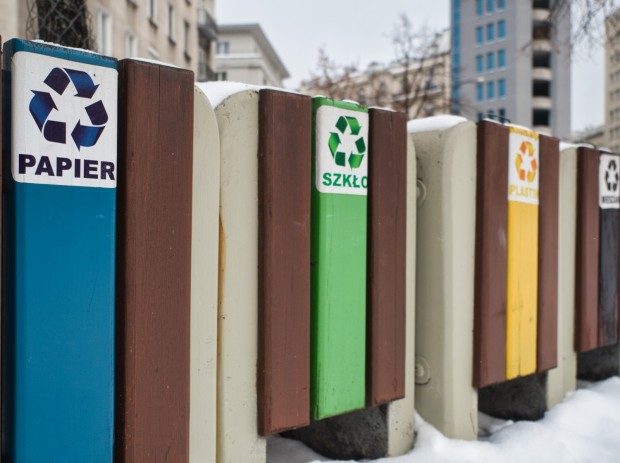The Scottish government is creating plans for a circular economy for the sake of the environment. To reduce their industry's disposal waste, they are proposing the reuse and recycling of construction materials. As part of this initiative, seminars and various training programs will be conducted to enhance understanding of the positive impacts this project will bring.

(Photo : Unsplash/Łukasz Rawa)
Scottish Government's Initiative for a Greener Future
The new route map, which establishes a framework for prioritizing actions required until the decade's conclusion and aims to facilitate Scotland's transition to a circular economy, follows an initial consultation in 2022, including a strategy for establishing new national targets for reuse and recycling. Accordingly, the quantity of waste sent to landfills in Scotland has decreased by more than one-third over the last decade, and the good news is, according to the latest official statistics, the nation has achieved its goal of reducing waste by 15% by 2025.
Among the measures that are suggested in the route map is the incorporation of circular building techniques. This includes the establishment of regional hubs and networks throughout Scotland to reuse construction materials and construction assets. As per Lorna Slater, the minister for the circular economy, reusing and recycling goods should be the standard procedure for businesses, households, and the public sector.
She also claimed that Scotland has been making good progress across the country, drastically lowering the volume of waste it produces and the amount of trash disposed of in landfills. However, they need to go further!
Moreover, everyone must have access to a cutting-edge waste management service that is simple to operate for people to be able to do the right thing for the environment. Thus, the primary measures and resources the government will implement to enable everyone to contribute to waste reduction and commercial opportunities presented by a circular economy are reportedly outlined in this second consultation.
Additional suggestions encompass enhancing data and evidence about the ecological consequences of actions, sustainable procurement practices, and skills and training; mitigating the consequences of non-recyclable disposal waste; and establishing fresh circular economy objectives commencing in 2025 and continuing until the earliest possible date of 2030.
Also Read: National Marine Dredging Company Seals $136 Million Contract to Build the Al Nouf Artificial Island
Benefits of Circular Economy Solutions
As a result of its prevalent take-make-dispose economic framework, the construction sector is accountable for more than 30% of the global extraction of natural resources and 255 of solid waste generation. Therefore, transitioning the construction industry to a circular economy has become urgent.
The circular economy promotes the recycling, refurbishment, and reuse of recycled resources. Within the realm of construction projects, the implementation of circular economy concepts offers a multitude of benefits, including the following:
Cleaner Environment
Construction projects proactively contribute to environmental cleanliness and well-being by reducing resource consumption and refuse release.
Cost Savings
Circular economy projects have the potential to result in cost savings across the entirety of the construction process because of their circular nature. When materials are reused, there is less of a need to buy new ones, and this, combined with effective waste management, results in fewer costs associated with disposal.
Resource Efficiency
The need for virgin resources is decreased by using recycled materials, which results in significant resource savings. By the year 2050, the Ellen MacArthur Foundation estimates that when circular economy concepts are implemented in the building industry, it could save up to 44% of the currently used resources.
Waste Reduction
The quantity of waste generated globally attributable to construction and demolition debris is staggering. Construction projects can reduce the amount of garbage sent to landfills by implementing circular practices, such as demolishing structures to recover resources.
Related Article: 6 Innovative Ways to Transform the Construction Industry Toward a Sustainable Future







